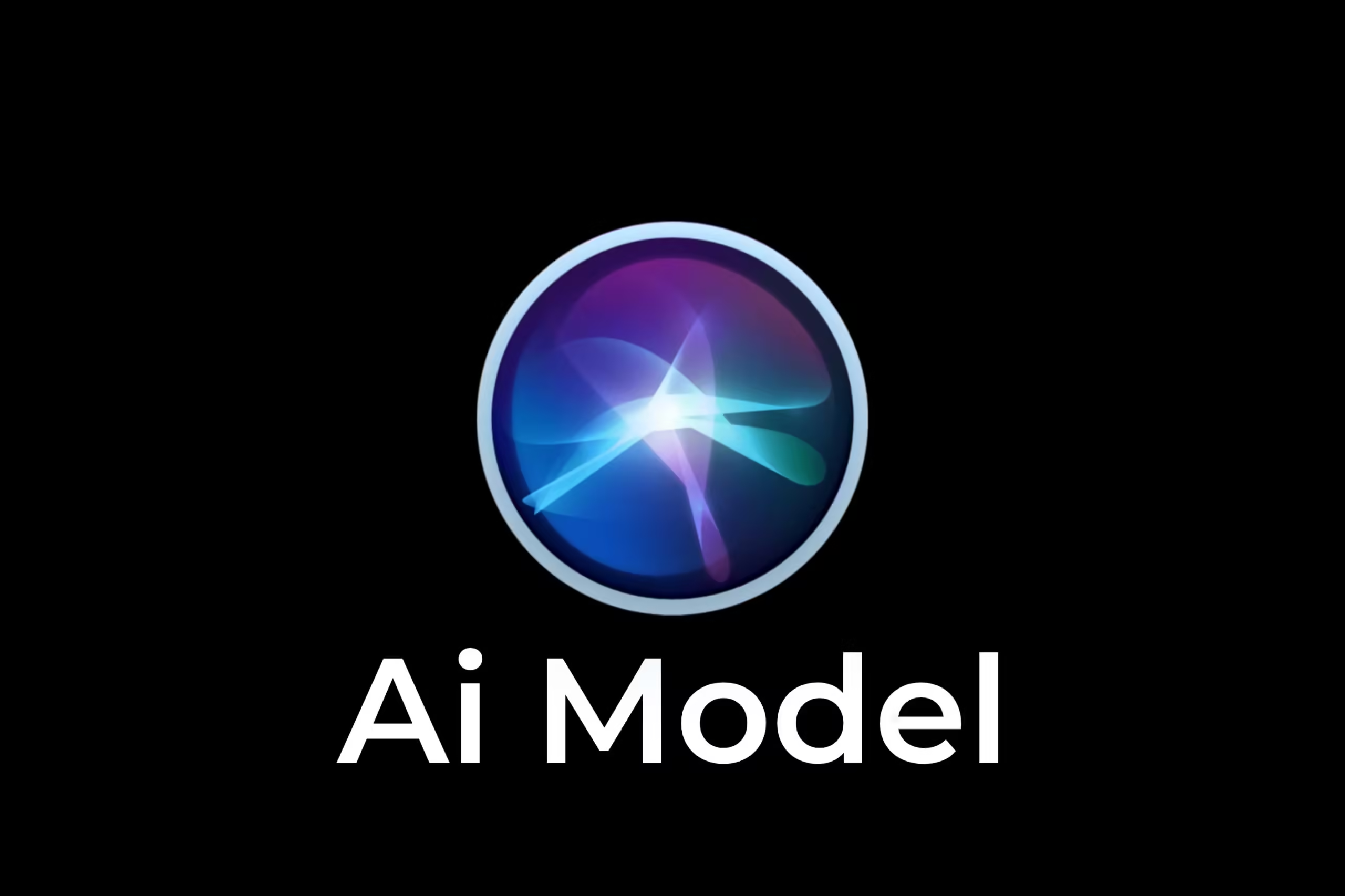The rapid advancement of artificial intelligence (AI) has revolutionized many aspects of technology, with video generation emerging as a standout field. High-resolution video generation through AI, particularly through innovative techniques, promises to redefine content creation. In this article, we delve into the cutting-edge methodologies, applications, and potential future developments of AI-driven high-resolution video generation, positioning this innovation at the forefront of the media industry.

The Evolution of AI in Video Generation
AI’s role in video generation has come a long way since the introduction of basic image-to-video techniques. Initially, AI algorithms were designed to work with limited datasets and produce low-resolution, often rudimentary, videos. However, recent advancements in machine learning models, particularly those using deep neural networks, have made it possible to generate realistic, high-resolution videos from minimal input data. This shift has opened up vast opportunities for various industries, including entertainment, advertising, and education.
Key Technologies in High-Resolution Video Generation
AI-driven video generation relies on several groundbreaking technologies that work in tandem to create detailed and realistic outputs. Some of the most influential technologies include:
- Generative Adversarial Networks (GANs): GANs play a pivotal role in video generation by allowing AI to produce high-quality, hyper-realistic frames. GANs consist of two models—a generator and a discriminator—that compete against each other, leading to continually improved outputs.
- Neural Rendering: This technique bridges the gap between traditional computer graphics and AI, enabling AI models to render video frames in much higher detail. Neural rendering has seen significant improvements in recent years, resulting in enhanced resolution and accuracy in video outputs.
- Super-Resolution Techniques: Super-resolution refers to the process of enhancing the quality of low-resolution images or videos. AI-powered super-resolution models apply complex algorithms to upscale videos in real time, making it possible to transform standard definition footage into ultra-high-definition (UHD) output.
- Diffusion Models: These models have emerged as a promising approach to creating crisp, high-resolution videos by simulating how natural processes diffuse information. Diffusion models have the potential to generate smooth transitions and maintain fine details across each frame.
The Pyramid Framework: Layered AI for Efficient Video Upscaling
The latest innovation in AI-driven video generation is the pyramid framework. This architecture leverages multiple layers of neural networks that process video frames at different resolutions. By using a multi-layered approach, the pyramid framework ensures that fine details are preserved even as the video is upscaled to higher resolutions.
How the Pyramid Framework Works
The pyramid framework breaks down video frames into various levels, starting with a low-resolution base. Each subsequent layer processes a higher level of detail, adding texture, lighting effects, and color correction. The final layer combines all levels to produce a fully upgraded, high-resolution video.
Applications of AI-Powered High-Resolution Video
The ability to generate high-resolution videos with AI has wide-ranging applications across multiple industries. Some key areas include:
1. Entertainment and Film Production
In the entertainment industry, AI-generated high-resolution videos are quickly becoming indispensable. AI can now generate ultra-realistic visual effects, saving both time and resources in film production. Directors and producers can use AI-generated assets to create scenes that would be too costly or time-consuming to shoot in real life while maintaining the same high-quality visuals.
2. Gaming and Virtual Reality
The gaming industry benefits greatly from AI-powered video generation, particularly for creating immersive virtual environments. High-resolution video generation enhances the realism of in-game cutscenes and interactive storylines. Furthermore, virtual reality (VR) applications are leveraging AI to create ultra-high-definition environments that respond to user input in real time, making experiences more interactive and lifelike.
3. Advertising and Marketing
Advertisers are using AI to create hyper-personalized video content for target audiences. AI-powered high-resolution video allows marketers to produce high-quality ads tailored to individual consumers’ preferences without the need for large production teams. This can result in more engaging and effective ad campaigns at a fraction of the cost.
4. Education and Training
AI-generated video content is transforming the education sector by enabling the creation of interactive, high-resolution instructional videos. Complex concepts can now be visualized in detail, helping students and professionals grasp intricate subjects more effectively. Virtual simulations, enhanced by AI-generated high-resolution video, are also being used for advanced training in fields such as medicine and engineering.
The Future of AI-Driven Video Generation
As AI continues to evolve, the potential for even higher-quality video generation grows exponentially. Future advancements could see real-time generation of fully immersive 3D video environments, making virtual experiences indistinguishable from reality. AI could also enable more personalized content, automatically tailoring video quality, style, and details to the viewer’s preferences and device capabilities.
Additionally, integration with other emerging technologies, such as quantum computing and augmented reality (AR), could push the boundaries of what is possible with AI-generated video. Quantum computing could allow for faster processing of AI algorithms, making high-resolution video generation even more efficient. Meanwhile, AR applications could merge AI-generated videos with real-world environments, creating seamless and immersive experiences.
Challenges and Considerations in AI Video Generation
While the benefits of AI-driven high-resolution video generation are immense, there are also several challenges to consider:
- Computational Power: Generating high-resolution videos requires significant computational resources, particularly when working with large datasets. As artificial intelligence models become more critical, the need for faster and more powerful hardware will increase.
- Ethical Concerns: As AI-generated videos become more realistic, the line between real and artificial content can blur. This raises concerns about the potential misuse of AI-generated video, particularly in the context of deepfakes and misinformation.
- Data Privacy: AI video generation relies heavily on large datasets for training. The collection and use of such data must be done in a way that respects privacy regulations and ethical standards.
READ MORE POSTS
New tool Helps Mental Workload in Augmented Reality and Analyze Pilot Performance
Conclusion
AI-powered high-resolution video generation is setting a new standard for visual content creation. From entertainment and advertising to education and beyond, the ability to generate lifelike, high-definition videos opens up new possibilities across industries. While challenges such as computational demand and ethical considerations exist, the future of AI-driven video generation is undoubtedly promising.
By leveraging advanced technologies like GANs, neural rendering, and the pyramid framework, AI is not only transforming how we create video content but also redefining what is possible in digital media.




